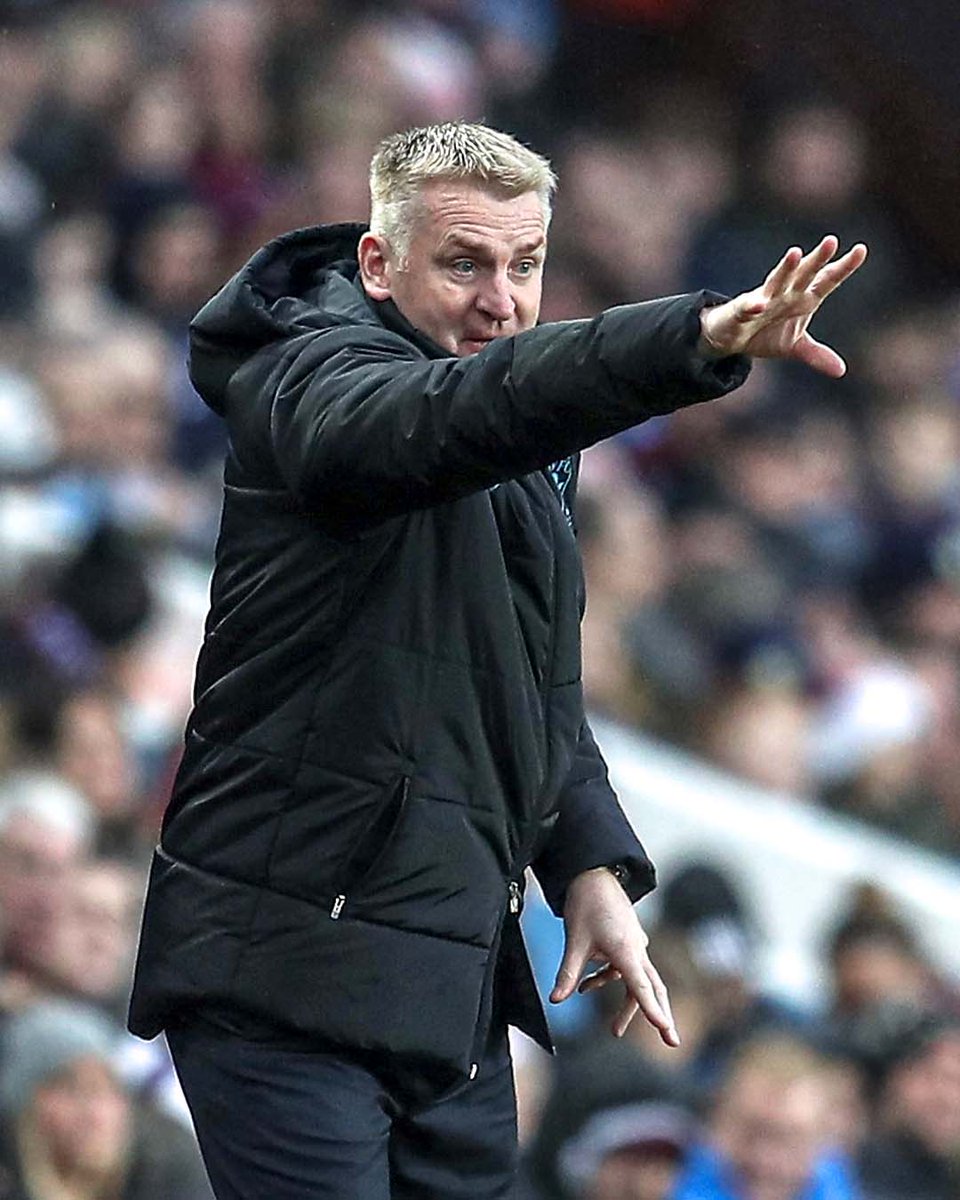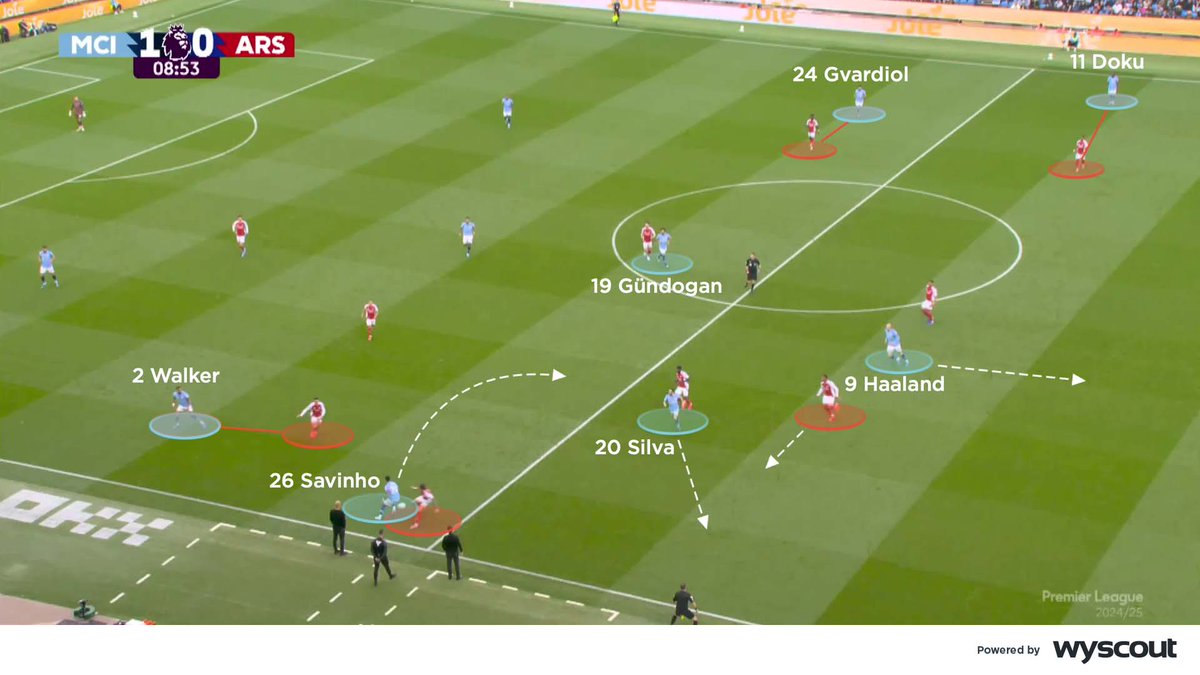Dean Smith tactical analysis thread 🧵
The new Norwich head coach has worked consistently for more than a decade since starting out as a manager in January 2011, having moved from Walsall to Brentford, then to Aston Villa and now on to Norwich... 🧐🔰
#NCFC
The new Norwich head coach has worked consistently for more than a decade since starting out as a manager in January 2011, having moved from Walsall to Brentford, then to Aston Villa and now on to Norwich... 🧐🔰
#NCFC
In addition to the odd brief experiment with a back three, Brentford used a proactive, attacking 4-3-3 or 4-2-3-1 in the early days of Smith’s tenure. With this shape, they were the fourth highest scorers in the Championship in 2016/17... 🧐🧵 

Dean Smith also mostly used a 4-3-3 or 4-2-3-1 at Aston Villa. While Brentford often created through the centre of the pitch, Smith’s Villa put more crosses into the box, having attacked around the outside of their opponents... 🧐🧵 

Crossing play remained a prominent feature of Villa’s game after they returned to the Premier League. In that season, they attempted the 5th most crosses in the league – but they evolved, with many crosses coming from advancing full-backs Elmohamady, Guilbert and Targett... 🧐🧵 

Smith’s Villa developed further in 2020/21. Their attacks became more direct and they demonstrated improved game-management. Matty Cash, regularly provided crosses from right-back. Watkins improved the team with his ability to receive on the move and his unselfish runs... 🧐🧵 

At Brentford, Smith introduced a more aggressive high press. This succeeded in that they recorded the 3rd most regains in the final third in the Championship in 2017/18, and their defensive record improved markedly... 🧐🧵 

After promotion to the Premier League, Smith’s Aston Villa mostly defended with mid and low blocks. But, as was the case with Brentford, they were vulnerable if opponents built with width as a result of the attacking licence he gave his full-backs... 🧐🧵 

• • •
Missing some Tweet in this thread? You can try to
force a refresh
















